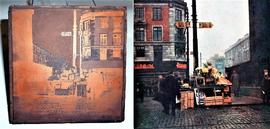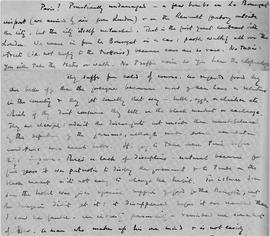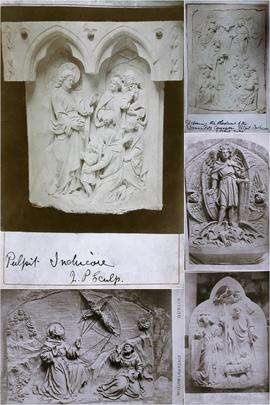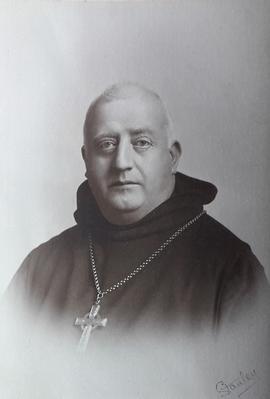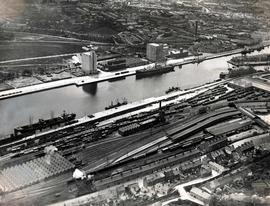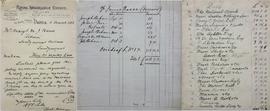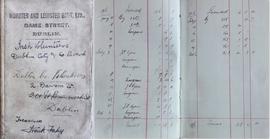Newspaper Clippings relating to the Irish Revolution
- IE CA CP/1/14/1
- File
- 1917-1922
Part of Irish Capuchin Archives
Newspaper clippings relating to the Irish Revolution assembled by the editors of 'The Capuchin Annual'. Many of the clippings relate to the role played by the Catholic clergy (particularly the Irish Capuchins) during this period. The file includes:
• An article referring to remarks made by Rev. W.P. Burke in relation to the moral justification of wars. It reads ‘who can call the wretched Dublin business a war? It was backed neither by the mind nor strength of the country’. 'Nationality', 9 June 1917.
• ‘A German Plot’. 'Cork Examiner', 18 May 1918.
• ‘Sinn Feiners and the German Plot’. 25 May 1918.
• ‘Salute the Heroes / Back from the Gates of Death’. The article refers to the release of republican prisoners from Mountjoy Jail and to the roles played by Fr. Augustine Hayden OFM Cap. and Fr. Albert Bibby OFM Cap. The article reads ‘The association of these two much loved Irish Franciscan Friars with the last moments of some of the men who died after the Insurrection of 1916 was recalled by their presence yesterday. … Father Augustine appealed to the crowds whom his voice could reach to be calm. He reminded them that the prisoners were very weak, and he appealed to his hearers to maintain order while they were passing through and to obey their Volunteers’. 'Freeman’s Journal', 15 Apr. 1920.
• ‘The Prisoners Released’. The article refers to the role played by Fr. Albert Bibby OFM Cap. in securing the release of sixty-eight republican prisoners in Dublin. 'Catholic Times', 17 Apr. 1920.
• ‘Ireland a Nation / The Government’s Perfidies and Outrages’. The article refers to Fr. Augustine Hayden OFM Cap. and Fr. Matthew O’Connor OFM Cap. 'Freeman’s Journal', 11 May 1921.
• ‘Obsequies of Rev. James O’Callaghan’. 28 May 1921. A clipping of a photograph showing the funeral of Fr. James O’Callaghan who was killed on 15 May 1920. 'Cork Examiner', 28 May 1921.
• ‘Miltown Park Raid’ / Large Forces Surround Jesuit House of Studies’. 'Freeman’s Journal', 21 Feb. 1921.
• ‘The Priest Killers / Mrs De Roiste describes night of murder / Father [Seamus/James] O’Callaghan’s Assassin’. 'Catholic Herald', 4 June 1921.
• ‘Priest Arrested / President of St. Flannan’s College in Custody’. 'Evening Herald', 6 July 1921.
• ‘One way to peace / Stop Repression & Recognise Ireland’s Rights / Irish Bishops’ Statement. 'Evening Telegraph', 22 June 1921.
• ‘The Men of 1916 / Impressive march through streets of Dublin / Graveside tributes’. The article refers to a Memorial Mass offered for the leaders of the 1916 Rising at St. Mary of the Angels, Church Street, Dublin. 'Freeman’s Journal', 25 Apr. 1922.


